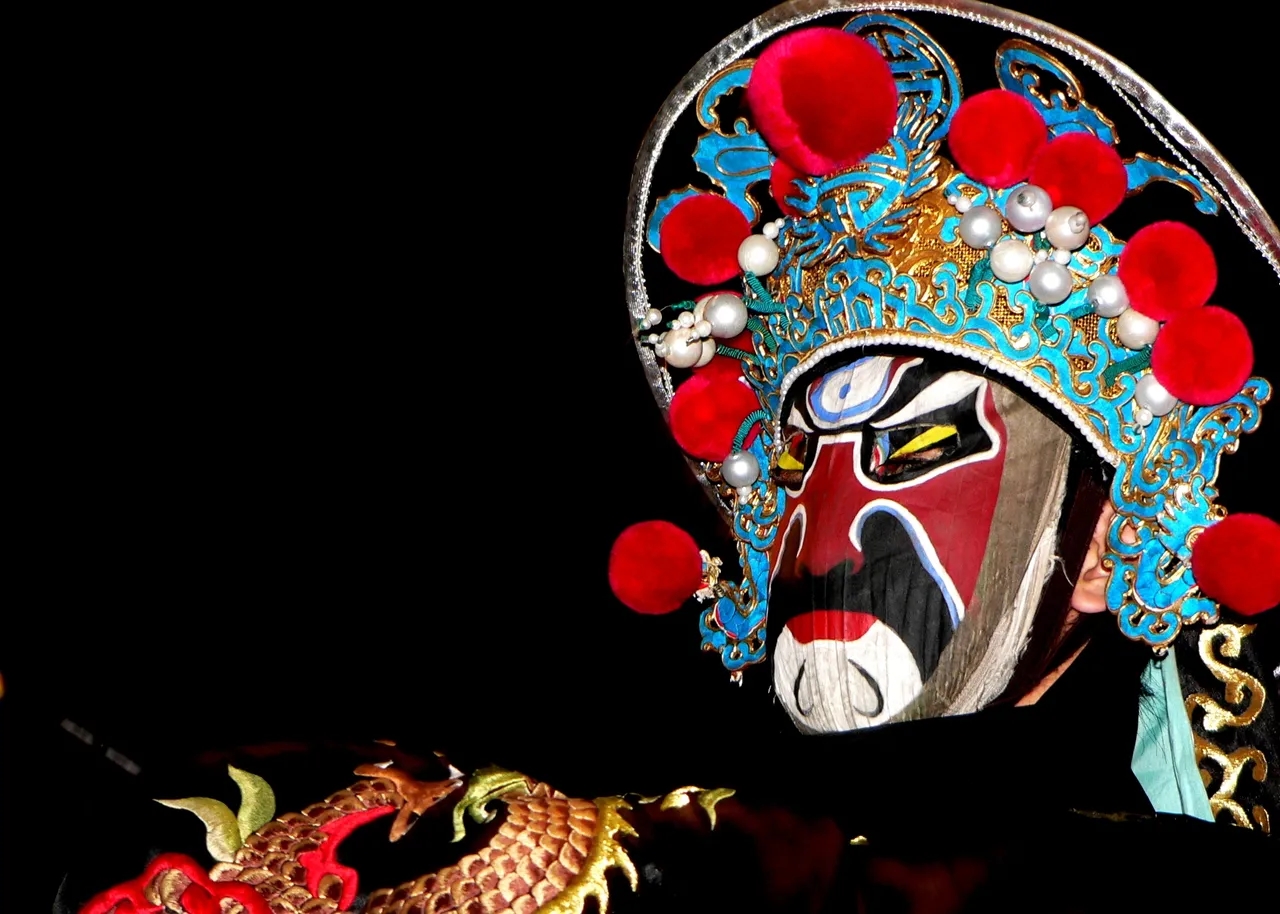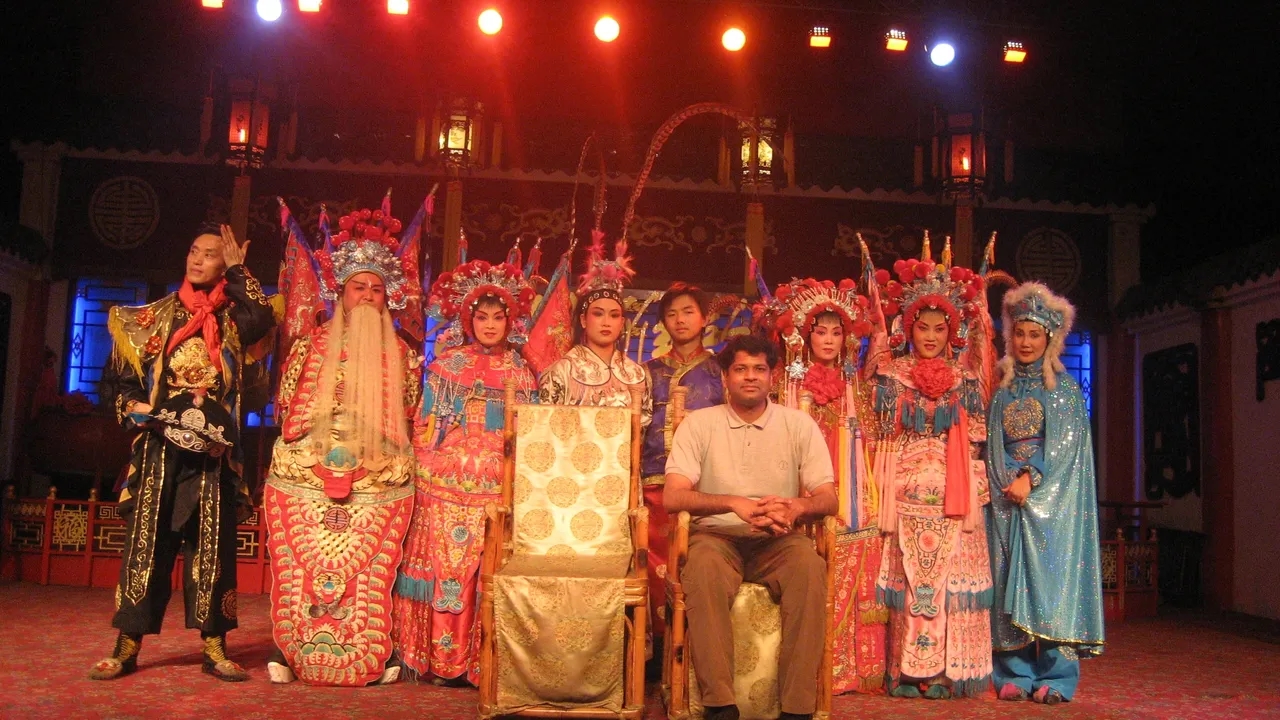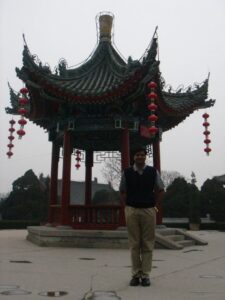

Bian Lian (pinyin : Biàn Liǎn literally : ‘Face-Changing’) is an ancient Chinese dramatic art that is part of the more general Sichuan opera.Performers wear brightly colored costumes & vividly colored masks moving to quick music

THE BIAN LIAN ACTOR CHANGING FACE 9 TIMES IN A VERY LIMITED TIME SPAN
In Bian Lian – apart from they wear vividly colored masks, typically depicting well known characters from the opera, which they change from one face to another almost instantaneously with
- The swipe of a fan
- A movement of the head or
- wave of the hand
Bian Lian : Four ways of face-changing
Blowing Dust
The actor blows black dust hidden in his palm or close to his eyes, nose or mouth, so that it obscures his face.
Beard Manipulation
Beard colours can be changed while the beard is being manipulated, from black to grey and finally to white, expressing anger or excitement.
Pulling-down Masks
The actor can pull down a mask which has previously been hidden on top of his head, changing his face to red, green, blue or black to express happiness, hate, anger or sadness, respectively.
Face-dragging
The actor drags greasepaint hidden in his sideburns or eyebrows across his face to change his appearance
The Bian Lian : Face-Changing Art of the Sichuan Opera video below
Bian Lian : History
Face-changing or “Bian Lian” in Chinese is an important subgenre of Chinese Sichuan opera.
Sichuan opera is one of the Han Chinese operas, popular in eastern and central Sichuan, Chongqing and Guizhou Province, Yunnan Province.
Sichuan Opera masks are the important part of the Sichuan Opera performing, they are treasures that the ancient opera artists work together to create and pass down.
The secret of the face change has been passed down from one generation to the next within families
Bian Lian : Traditionally & Historically
Traditionally only males were permitted to learn Bian Lian, the theory being that women do not stay within the family and would marry out, increasing the risk the secret would be passed to another family
Historically
Bian Lian had rarely been seen outside of China because non-Chinese were not permitted to learn the art form, but since the mid-2000s it has been performed occasionally in international mass media and at Chinese themed events.
Since the cultural basis of the opera are not well known outside of China, international performers have been making efforts to inform and increase the entertainment value for Westerners who do not know the context and meaning of the different faces

